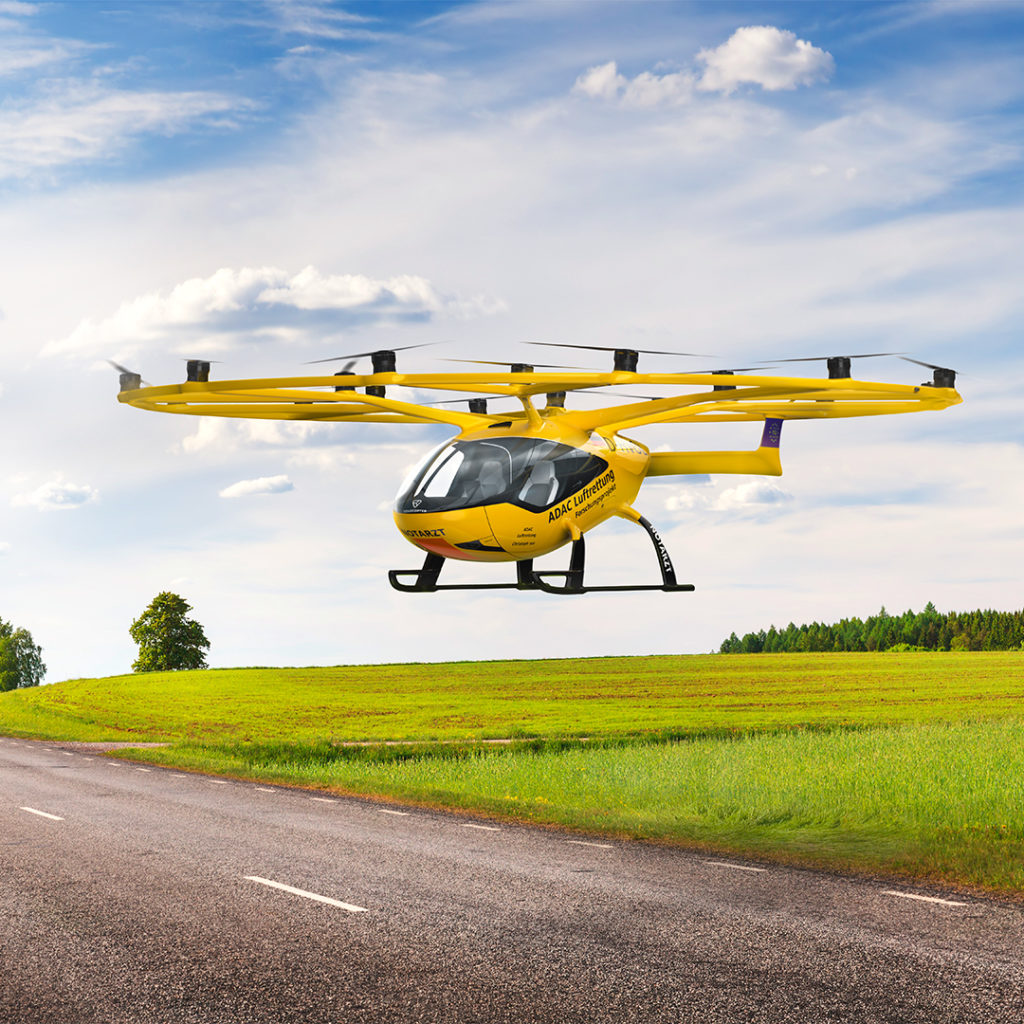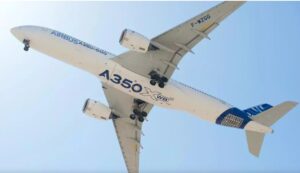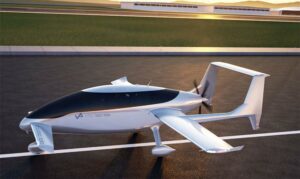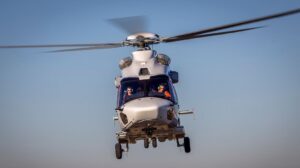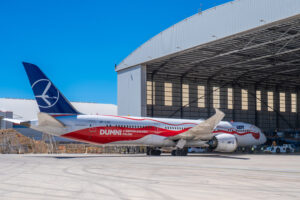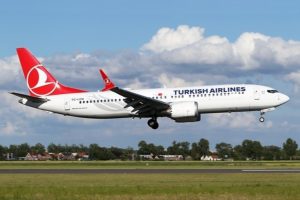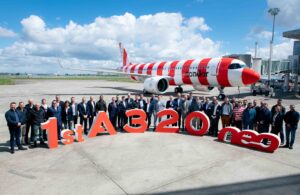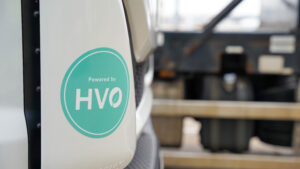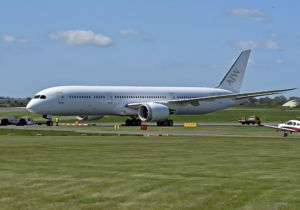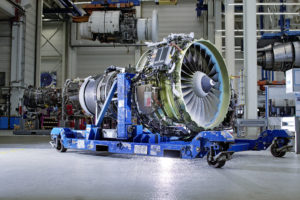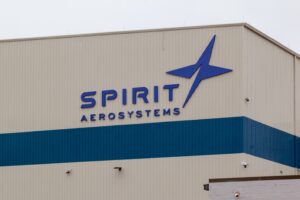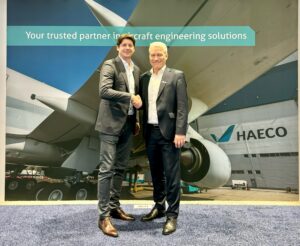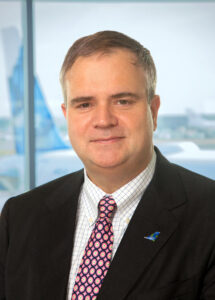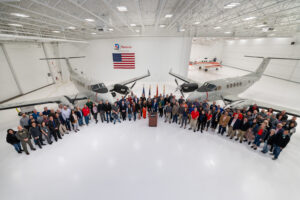In 2018 a feasibility study was launched by ADAC Luftrettung and sponsored by the ADAC foundation to examine if the rescue service system could be improved and future-proofed through the use of multicopters as a means of transport for emergency doctors, in cooperation with Volocopter, which is currently building the world’s first sustainable and scalable urban air mobility business to bring affordable air taxi services to megacities worldwide.
“We are proud to be contributing to the greater public good by applying Volocopter technology to air rescue missions. In the close cooperation with ADAC Luftrettung, it has become clear how profound the professional expertise in the field of air rescue and helicopter fleet operation is. At the same time, this collaboration shows how forward-looking and open to innovation the project participants are,” says Florian Reuter, CEO of Volocopter.
Whereas a traditional helicopter crew comprises one or two pilots, an emergency doctor and paramedics, the multicopter would have just a pilot and emergency doctor, though the pilot would undergo medical emergency training in order to play a supporting role to the emergency doctor. The multicopter has been identified as a means to satisfy the most urgent need in an emergency situation, the attendance of an emergency doctor. The role of the multicopter does not include patient evacuation – that would remain the role of the traditional helicopter. However, weight will be a critical issue with the multicopter as it will need to be equipped with medical equipment appropriate for emergency situations.
The study also investigated the economics of deploying multicopters and identified a clear reduction in cost compared to a traditional helicopter and would require a far lower level of initial investment. Based on the research results and the state of technological advancements, a nationwide network of up to 250 multicopter bases could be created in Germany by 2050 according to the project managers’ optimistic forecast.

